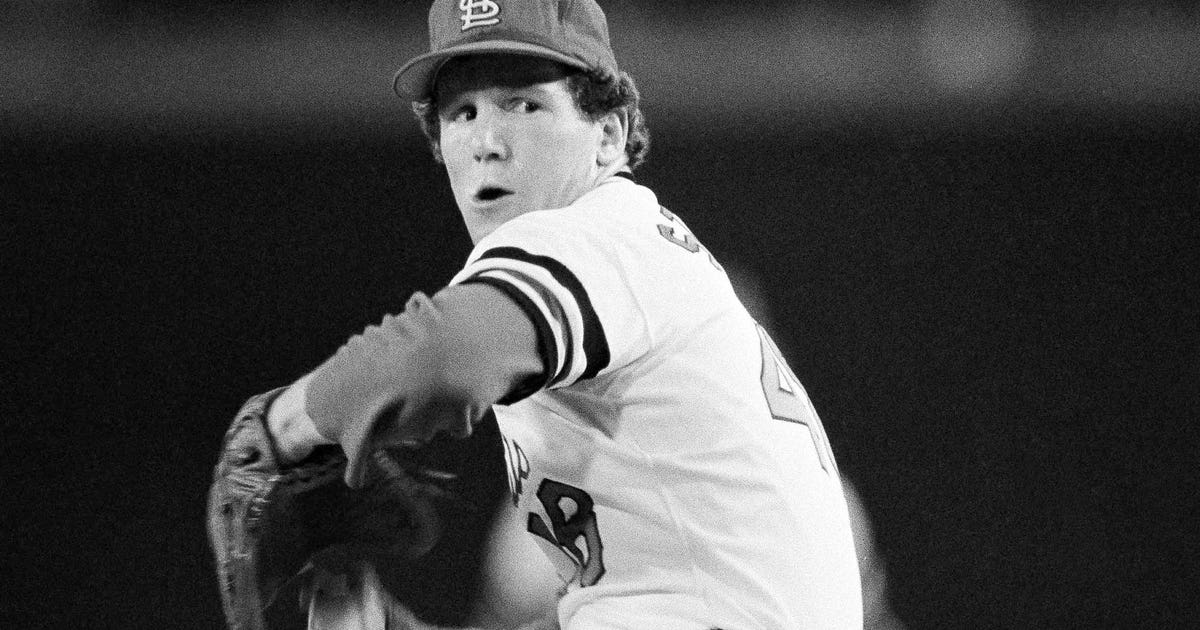Short season could give MLB a distinctly college vibe


PHOENIX — John Stuper remembers some of the first advice he got from veterans when he joined the St. Louis Cardinals as a rookie pitcher in 1982: Don’t get too high or too low during Major League Baseball’s grueling 162-game schedule or you’ll go insane.
Now as a veteran college coach with the Yale Bulldogs, the 63-year-old is the one who has some advice.
“A college baseball season is totally different,” Stuper said. “It’s a sprint.”
If MLB and the players union can come to an agreement and partially save the season amid the coronavirus pandemic, the 60- to 70-game schedule will look somewhat similar to a college schedule. NCAA Division I teams can play a maximum of 56 games during the regular season and routinely top 70 games if they make the postseason and advance to the College World Series.
Some fans might miss the leisurely pace of baseball’s usual summer grind, but a condensed schedule could bring perks.
Grand Canyon coach Andy Stankiewicz — who was a utility infielder in the big leagues for seven seasons in the 1990s — said he’s grown to appreciate the subtle differences in the college and pro experience.
“It’s going to be quick and accelerated right out of the gate,” Stankiewicz said. “It’s going to be, ‘Let’s go, man, we can’t afford to lose today.’ Managers are going to be making more decisions to win today and then worry about tomorrow when it’s tomorrow.”
A handful of former MLB players are in the college coaching ranks. Here are more of their thoughts on what to watch for during a shortened season:
PITCHING DEPTH IS KING
Four-time All-Star closer Troy Percival is now the coach at UC Riverside and said he believes the recent trend of shorter outings for starting pitchers will accelerate. He said the aces — guys such as Justin Verlander and Gerrit Cole — will still go deep into ballgames. But otherwise, mixing and matching relievers will be a key strategy.
If rosters expand, pitchers who might normally be in Triple-A will suddenly be pitching important innings for the big club.
“I just think every game, everyone’s going to be ready,” Percival said. “Guys in the bullpen stretching in the first inning, always alert. It’ll be interesting. I always like to see starters go seven and hand to the bullpen, but that might not be possible. There will be a whole lot of changes and moves. Managers who are good at that will excel.”
But having a Verlander or Cole might prove even more valuable than usual. Instead of the usual 32 or 33 starts per season, an elite pitcher will be on the mound just 12 to 14 times, and the cumulative wear and tear of a long season won’t be as big of a concern. Aces might be asked to go slightly deeper into games.
WHO’S READY?
It’s been a long layoff for baseball, which suspended spring training March 12 because of the coronavirus. After three months, it appears players will be given about three weeks to get ready.
Stuper said hitters shouldn’t have much of a problem. But pitchers — who usually have six weeks in a normal spring training to prepare — won’t have as much time. In a college-style season, there’s no time to get in shape when every game is crucial.
“You’re going to find out who has used this time off wisely,” Stuper said. “Who has been staying in shape and who has been drinking beer and eating pretzels?”
SIT DOWN SUBS
Stankiewicz and Tracy Woodson made their big-league living as utility players. They were good at coming off the bench and providing a lift as a spot starter or pinch hitter. During a six-month, 162-game grind, not everyone can be Cal Ripken Jr. and play every single day.
Woodson was a key backup on the 1988 Los Angeles Dodgers, who went on to win the World Series. Now he’s the coach at the University of Richmond.
In a college season that lasts less than about three months, utility players aren’t always as crucial. The same might happen this year in the big leagues.
“If there’s 60 games on the schedule, someone like Mike Trout is going to play 60 games,” Woodson said.
CHANGING STRATEGY?
Stuper spent three years with the Cardinals in the 1980s under manager Whitey Herzog, who was famous for a small ball approach that used the speed of players such as Ozzie Smith and Willie McGee to produce runs. That approach has gone out of style during the past 20 years as teams rely more on power.
But desperate situations might make teams turn to different strategies. Squeezing out a run might call for a throwback approach.
“Who knows? I think there’ll be a lot of unseen consequences to a shorter season,” Stuper said. “Managers will have to evolve.”






